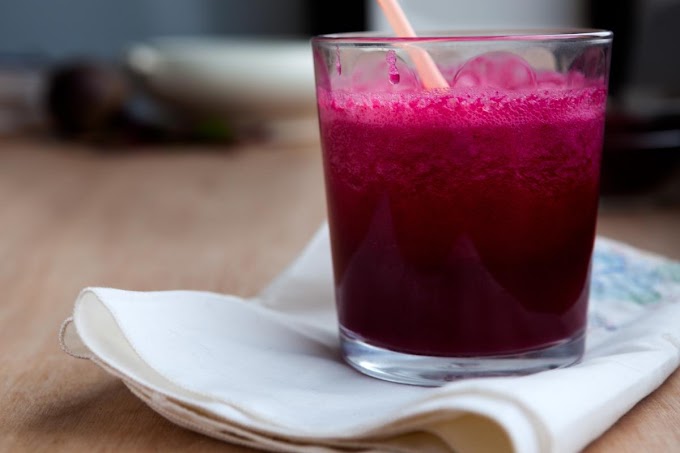The Anatomy of Julia Roberts's Smile
When people talk about Julia Roberts's smile, they often refer to her sheer brilliance and symmetry. It’s wide, genuine, and lights up her entire face. Her teeth, straight and dazzlingly white, complement her full lips and high cheekbones, creating a harmonious look that’s pleasing to the eye.
Roberts's smile has been praised for its naturalness. Unlike some celebrities whose features may appear overly enhanced or artificial, her smile feels authentic. Its broadness is particularly notable, as it sets her apart in a sea of smaller, more restrained Hollywood smiles. This expansiveness, paired with her expressive eyes, conveys warmth and approachability.
According to facial aesthetics experts, symmetry is a crucial factor in the attractiveness of a smile. Julia Roberts’s smile is not just symmetrical but also proportional to her facial features. Her high cheekbones provide a frame for her smile, making it even more pronounced and balanced.
The Emotional Resonance of Her Smile
Beyond her physical characteristics, Julia Roberts’s smile exudes emotional depth. When she smiles, it feels as though she is genuinely happy or amused, rather than simply posing for the camera. This authenticity is a significant reason why her smile resonates so strongly with audiences.
Research in psychology suggests that smiles are powerful communicative tools. A genuine smile, often referred to as a Duchenne smile, involves not just the mouth but also the eyes. Julia’s smiles often include the telltale crinkling of her eyes, which enhances their emotional impact. This quality makes her smile feel relatable and human, even as she stands on the pedestal of stardom.
In films like Pretty Woman (1990), My Best Friend’s Wedding (1997), and Erin Brockovich (2000), her smile serves as a narrative device. It conveys joy, vulnerability, mischief, and resilience, depending on the scene. Audiences have come to associate her smile with moments of triumph, heartfelt connections, and humor.
Cultural Impact: The “Julia Roberts Smile” Phenomenon
Julia Roberts’s smile has transcended her identity as an actress to become a cultural symbol. It has been referenced in songs, advertisements, and even studies about beauty. Her smile is so iconic that it often overshadows discussions of her other features or even her performances.
In the 1990s, Roberts was at the peak of her career and often cited as the epitome of beauty. Her smile became emblematic of that era’s natural and effortless charm. It was featured prominently in movie posters, magazine covers, and red-carpet appearances.
Her smile’s cultural significance also lies in its aspirational quality. It is frequently used in advertisements for beauty products, particularly toothpaste and skincare brands. These campaigns often highlight her smile as a standard of perfection that people should strive for, capitalizing on its widespread appeal.
Moreover, Roberts’ smile has been analyzed in academic studies about beauty and perception. A 2012 study published in the journal Cognition and Emotion found that smiles perceived as authentic and symmetrical, like Roberts's, are universally appealing across cultures. This suggests that her smile holds not just subjective charm but also scientific merit in its attractiveness.
Julia Roberts’s Smile as a Career Asset
It’s impossible to talk about Julia Roberts’s career without mentioning her smile. It has played a pivotal role in shaping her public image and her success as an actress.
In Pretty Woman, her smile becomes a symbol of transformation and hope. When Vivian Ward, her character, smiles for the first time at Edward Lewis (played by Richard Gere), it signifies the beginning of a heartfelt connection. This moment solidifies Roberts’ ability to use her smile as a tool for storytelling, making it an integral part of her on-screen charisma.
In Erin Brockovich, her smile takes on a more nuanced role. It conveys strength and determination, balancing her character’s fiery temperament with moments of vulnerability. Roberts’ ability to use her smile to communicate complex emotions contributed to her Academy Award-winning performance.
Even in interviews and public appearances, Roberts’s smile has become a hallmark of her relatability. It’s disarming, putting people at ease and reinforcing her reputation as “America’s Sweetheart.” This likability has undoubtedly contributed to her staying power in Hollywood, where public perception can make or break a career.
The Psychology Behind Our Fascination with Her Smile
Why are we so fascinated by Julia Roberts's smile? The answer may lie in the psychology of attraction and emotion.
Humans are naturally drawn to smiles because they are a universal signal of positivity and goodwill. A smile can activate the brain’s reward centers, releasing feel-good hormones like dopamine and serotonin. Roberts’s smile, in particular, evokes these reactions because of its genuineness and warmth.
Additionally, her smile embodies an ideal of confidence and self-assurance. When she smiles, she exudes a sense of comfort in her own skin, which is highly appealing. This confidence is infectious, making people feel uplifted and inspired.
Her smile also reflects her off-screen personality. Known for her down-to-earth demeanor and sense of humor, Roberts comes across as approachable and kind. This perception reinforces the positive emotions that her smile evokes, creating a feedback loop of admiration and affection.
How Her Smile Evolved Over Time
Julia Roberts’s smile has remained timeless, but it has also evolved with her career and personal life. In her early films, her smile was often playful and girlish, reflecting the roles she played. As she matured, her smile took on a more sophisticated and serene quality, mirroring her growth as an actress and as a person.
Today, even as she approaches her sixth decade, her smile continues to captivate. It has become a symbol of enduring beauty and grace, proving that true charm transcends age.
Conclusion: The Smile That Defined an Era
Julia Roberts’s smile is much more than a physical attribute—it’s a cultural phenomenon, a career-defining asset, and a source of joy for millions. Its blend of natural beauty, emotional depth, and authenticity makes it uniquely remarkable.
Through her smile, Roberts has not only charmed audiences but also communicated a sense of hope, happiness, and resilience. It’s a reminder of the power of simple, genuine expressions to connect with others and leave a lasting impression.
In an industry often obsessed with perfection and image, Julia Roberts’s smile stands out for its ability to convey real, human emotion. It’s no wonder that it continues to be celebrated as one of Hollywood’s most iconic features.








Social Plugin